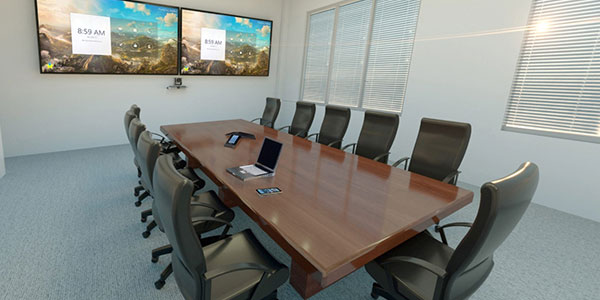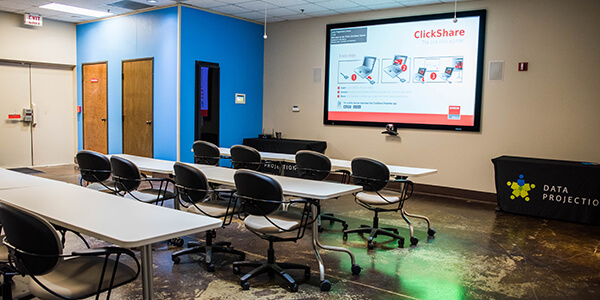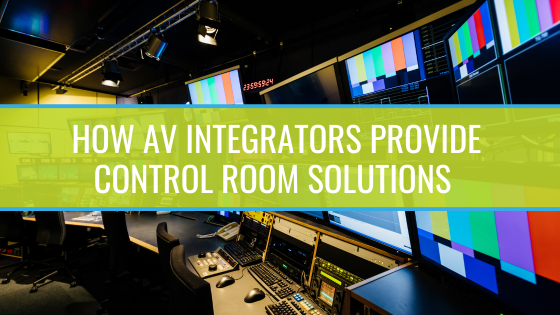
How AV Keeps Meetings on Track
We've all been in at least one poorly run meeting. In fact, some of us are in them regularly and businesses waste a lot of money on them.
Read article

A/V solutions, and specifically their design and integration, can help a company or institution reimagine the way it communicates.
Partnering with Data Projections offers clients significant gains with minimal risk, encompassing design, integration, and essential support.
Creating a training room with the need for quick configuration posed a challenge for Aviall. Data Projections addressed this by designing and integrating a room that prioritizes seamless integration.

Modern audio and video technology is something clients and partners expect, and without it, a company may slip behind its competitors, or simply miss out on potential opportunities. Proper system setup, though, takes planning and expertise, both of which Data Projections can provide a business. And the commitment to the system doesn't end there, as Data Projections offers dedicated post-installation support.
The two primary phases when putting together A/V solutions are design and integration, and the former is perhaps the most critical step. Detailed planning is essential in selecting the right system components and installing them properly. Data Projections focuses its efforts during the planning phase, and it begins with our knowledgeable consultants.
Before a client has committed to a project, Data Projections' consultants will sit down with the business decision makers and assess the company's specific needs. During consultation, Data Projections will discuss the company's goals with the systems, any special challenges that might affect the layout or function of the system, and any items of note regarding the system's construction. The consultants will also discuss budgeting considerations, ensuring that the system offers the needed functionality while remaining within the budget.
Data Projections not only takes pride in the creativity of its solutions and the quality of its technology, it also takes pride in the ongoing support it offers clients following installation. Employees will need to be trained in the system's usage, and it will need to be regularly evaluated to confirm it is performing up to standard. Data Projections is committed to this dedicated level of support and treats its clients like lifelong partners. In effect, clients have little to lose and a lot to gain when partnering with Data Projections for their A/V solutions, from the design and integration to the needed support.

We've all been in at least one poorly run meeting. In fact, some of us are in them regularly and businesses waste a lot of money on them.
Read article
Control rooms are the brains of any facility. Designed to receive torrents of information, control centers rely heavily on technology to keep things organized and efficient.
Read article
Lesson planning eats up a lot of time for teachers. According to the Organization for Economic Cooperation and Development, K-12 educators spend around seven hours of every work week just on lesson planning.
Read article